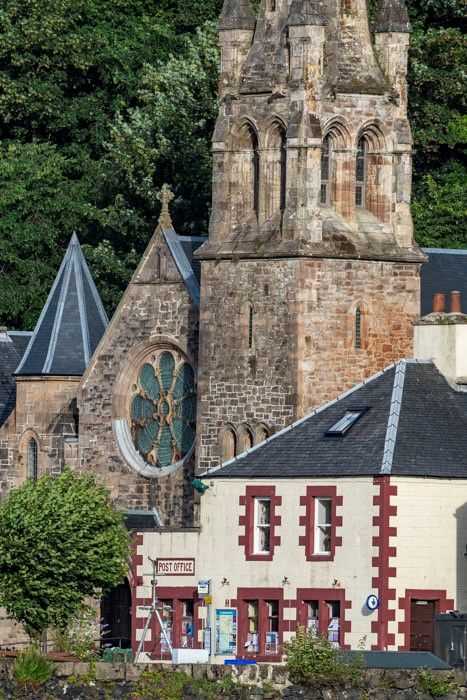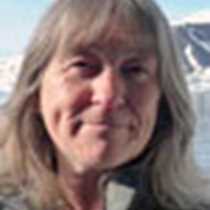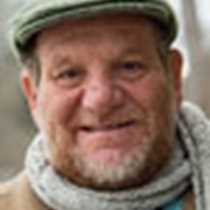The sheltered harbor of Tobermory at the northwest corner of the Isle of Mull was founded as a fishing town in 1788. A ship of the Spanish Armada had sought refuge here 200 years earlier and, having survived a battle with the English navy and a storm-torn circumnavigation of northern Britain, was blown up by the local clansmen. Today Tobermory is a haven of tranquility, its colorful houses framing the waterfront while visiting yachts bob in the harbor alongside local fishing boats.
It’s an eclectic place—the home of the Hebridean Whale and Dolphin Trust—and it was delightful to have free time to explore its many curiosities, craft shops, and cafés. Some us took a walk-through extending from the Celtic rainforest to Rubha nan Gall lighthouse. The natural woodland here consists of species such as hazel, birch, holly, sessile oak, ash, and mighty Scots pine, protected from development by the steep coastal slope it occupies.
The lighthouse was built in 1857 by the famous Stevenson brothers and it sits in a commanding position, looking out over the Sound of Mull to the remote Ardnamurchan Peninsula beyond. That peninsula, the most westerly point of the British mainland, is guarded by another fine Stevenson lighthouse. Everywhere there were wildflowers—meadowsweet and self-heal, tormentil and herb Robert, and of course, heather.
At noon we slipped away from our berth and sailed to the Isle of Eigg, one of the small isles. En route, we spotted Manx shearwaters, northern gannets, the great skua, and a few porpoises. The tiny island was the subject of a community buy-out in 1997, and since then the once-dwindling population has grown to around 100 people and a suite of initiatives for green energy and other sustainable industries have been implemented. Some of us took to bicycles and explored the island by pedal power. The rest of us walked the island’s meadows, lanes, and shorelines, watching butterflies and oystercatchers, and imagining what life would be like in such a small community, set aside from the rest of the country.
Lord of the Glens turned toward the northeast and carried us over to the mainland, into Loch Nevis and the remote Highland village of Inverie. A string of white-painted cottages and a pub hug the shore, backed by forest and looming rocky peaks. A young musician came aboard to play for us around dinner. There’s no road to this village, only a footpath across the mountains, and so access to schools and essential services is all by water. It is an area of mesmerizing beauty, stunning in the glowing evening light.









